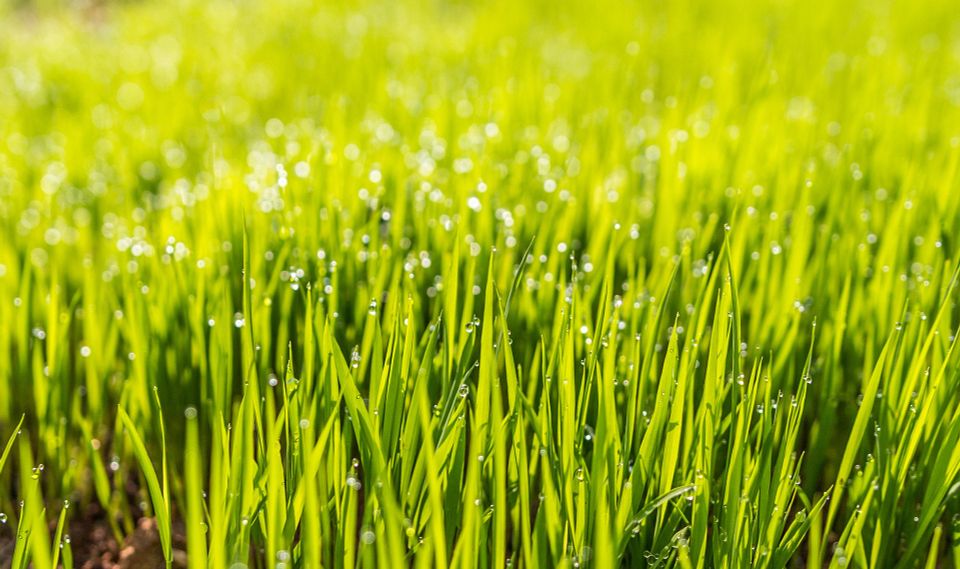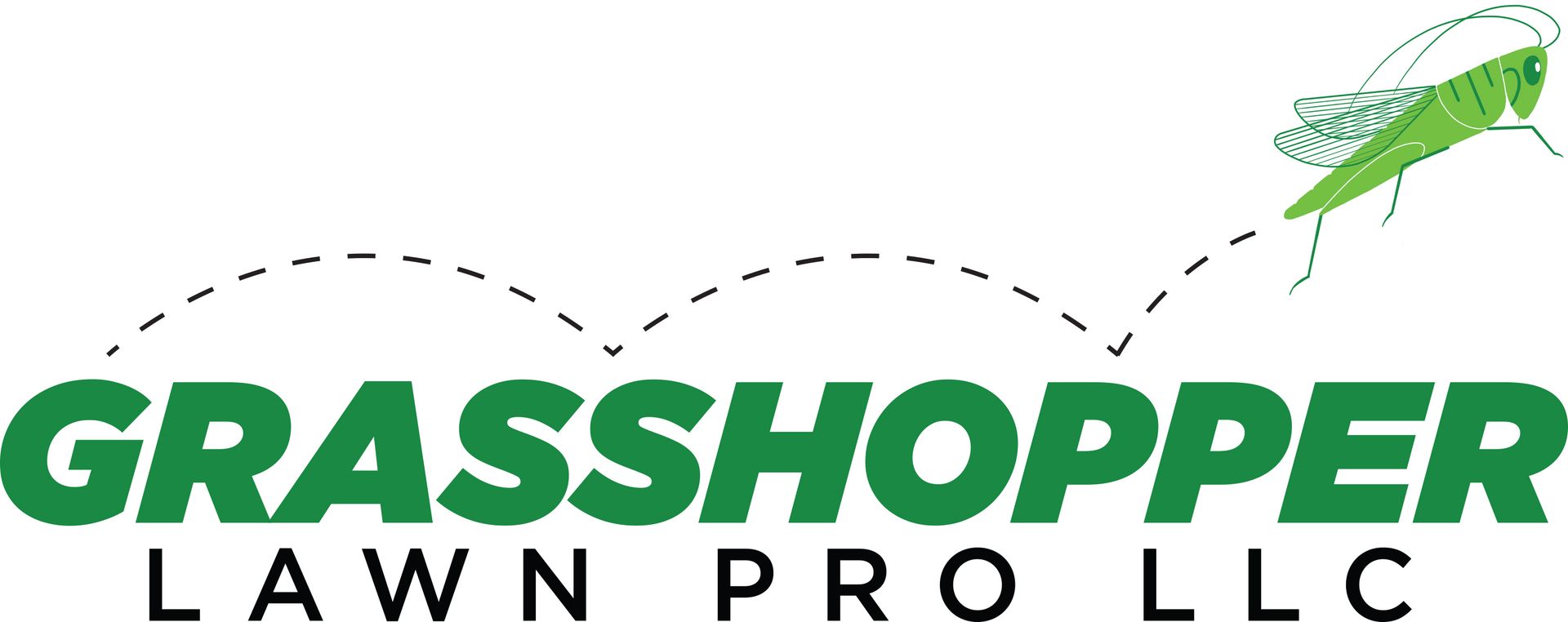
Lawn aeration and overseeding are two practices that are essential for maintaining a healthy and lush lawn. Both aeration and overseeding are performed to improve soil conditions and enhance grass growth. These practices are especially beneficial for lawns that are exposed to heavy foot traffic, hot and dry weather conditions, and lawns that have been established for several years. In this article, we will discuss the benefits of aeration and overseeding and why it is important to perform these practices regularly.
Lawn aeration is a process that involves creating small holes in the lawn's soil to allow air, water, and nutrients to reach the roots of the grass. This process is done by using a specialized machine that removes small cores of soil from the ground, allowing the soil to breathe and become more porous. By aerating the soil, it promotes better root growth and makes it easier for water, air, and nutrients to penetrate the soil and reach the roots of the grass.
One of the main benefits of aeration is that it helps to reduce soil compaction. Soil compaction is a common problem in lawns that receive heavy foot traffic, and it occurs when the soil particles are packed together tightly, making it difficult for water, air, and nutrients to penetrate the soil. This can lead to poor root growth, yellowing of the grass, and an overall unhealthy lawn. By aerating the soil, it allows the soil particles to expand and provides room for the roots to grow, which promotes better root development and a healthier lawn.
Another benefit of aeration is that it improves the drainage of the soil. Poor drainage can lead to waterlogged soil, which can suffocate the roots of the grass and cause the lawn to become waterlogged. By aerating the soil, it allows water to drain more efficiently, which prevents waterlogging and provides the grass with the moisture it needs to grow.
Overseeding is the process of adding grass seed to an existing lawn to increase the density of the grass and improve its overall appearance. This is done by broadcasting grass seed over the lawn and then working the seed into the soil with a rake. Overseeding is an effective way to improve the health and appearance of an established lawn that has become thin and patchy over time.
One of the main benefits of overseeding is that it helps to fill in bare spots in the lawn. Bare spots can occur for a variety of reasons, including disease, drought, and heavy foot traffic. By overseeding the lawn, it helps to fill in these bare spots and create a uniform, lush appearance.
Another benefit of overseeding is that it helps to improve the overall density of the grass. An established lawn can become thin over time, making it more vulnerable to disease and other problems. By overseeding the lawn, it helps to increase the density of the grass, which makes it more resistant to disease and other problems.
Overseeding also helps to improve the overall health of the lawn. By introducing new grass seed into an established lawn, it helps to increase the genetic diversity of the lawn. This increased genetic diversity helps to make the lawn more resistant to disease, pests, and other problems, which helps to improve its overall health.
Finally, overseeding helps to rejuvenate an aging lawn. As grass gets older, it becomes less vigorous and less able to withstand stress. By overseeding an aging lawn, it helps to introduce new, vigorous grass into the lawn, which helps to rejuvenate it and restore its vitality.
In conclusion, lawn aeration and overseeding are two essential practices for maintaining a healthy and lush lawn. By aerating the soil, it improves soil conditions and enhances root growth, which leads to a healthier lawn.
Lawn aeration is a process that involves creating small holes in the lawn's soil to allow air, water, and nutrients to reach the roots of the grass. This process is done by using a specialized machine that removes small cores of soil from the ground, allowing the soil to breathe and become more porous. By aerating the soil, it promotes better root growth and makes it easier for water, air, and nutrients to penetrate the soil and reach the roots of the grass.
One of the main benefits of aeration is that it helps to reduce soil compaction. Soil compaction is a common problem in lawns that receive heavy foot traffic, and it occurs when the soil particles are packed together tightly, making it difficult for water, air, and nutrients to penetrate the soil. This can lead to poor root growth, yellowing of the grass, and an overall unhealthy lawn. By aerating the soil, it allows the soil particles to expand and provides room for the roots to grow, which promotes better root development and a healthier lawn.
Another benefit of aeration is that it improves the drainage of the soil. Poor drainage can lead to waterlogged soil, which can suffocate the roots of the grass and cause the lawn to become waterlogged. By aerating the soil, it allows water to drain more efficiently, which prevents waterlogging and provides the grass with the moisture it needs to grow.
Overseeding is the process of adding grass seed to an existing lawn to increase the density of the grass and improve its overall appearance. This is done by broadcasting grass seed over the lawn and then working the seed into the soil with a rake. Overseeding is an effective way to improve the health and appearance of an established lawn that has become thin and patchy over time.
One of the main benefits of overseeding is that it helps to fill in bare spots in the lawn. Bare spots can occur for a variety of reasons, including disease, drought, and heavy foot traffic. By overseeding the lawn, it helps to fill in these bare spots and create a uniform, lush appearance.
Another benefit of overseeding is that it helps to improve the overall density of the grass. An established lawn can become thin over time, making it more vulnerable to disease and other problems. By overseeding the lawn, it helps to increase the density of the grass, which makes it more resistant to disease and other problems.
Overseeding also helps to improve the overall health of the lawn. By introducing new grass seed into an established lawn, it helps to increase the genetic diversity of the lawn. This increased genetic diversity helps to make the lawn more resistant to disease, pests, and other problems, which helps to improve its overall health.
Finally, overseeding helps to rejuvenate an aging lawn. As grass gets older, it becomes less vigorous and less able to withstand stress. By overseeding an aging lawn, it helps to introduce new, vigorous grass into the lawn, which helps to rejuvenate it and restore its vitality.
In conclusion, lawn aeration and overseeding are two essential practices for maintaining a healthy and lush lawn. By aerating the soil, it improves soil conditions and enhances root growth, which leads to a healthier lawn.
